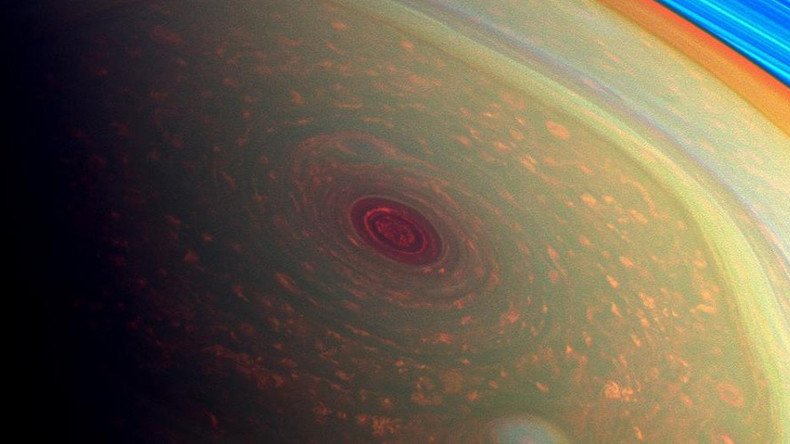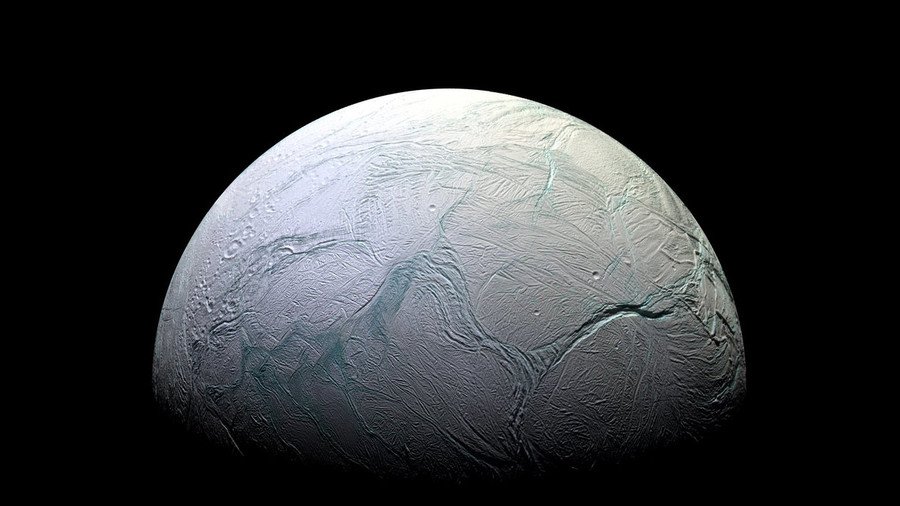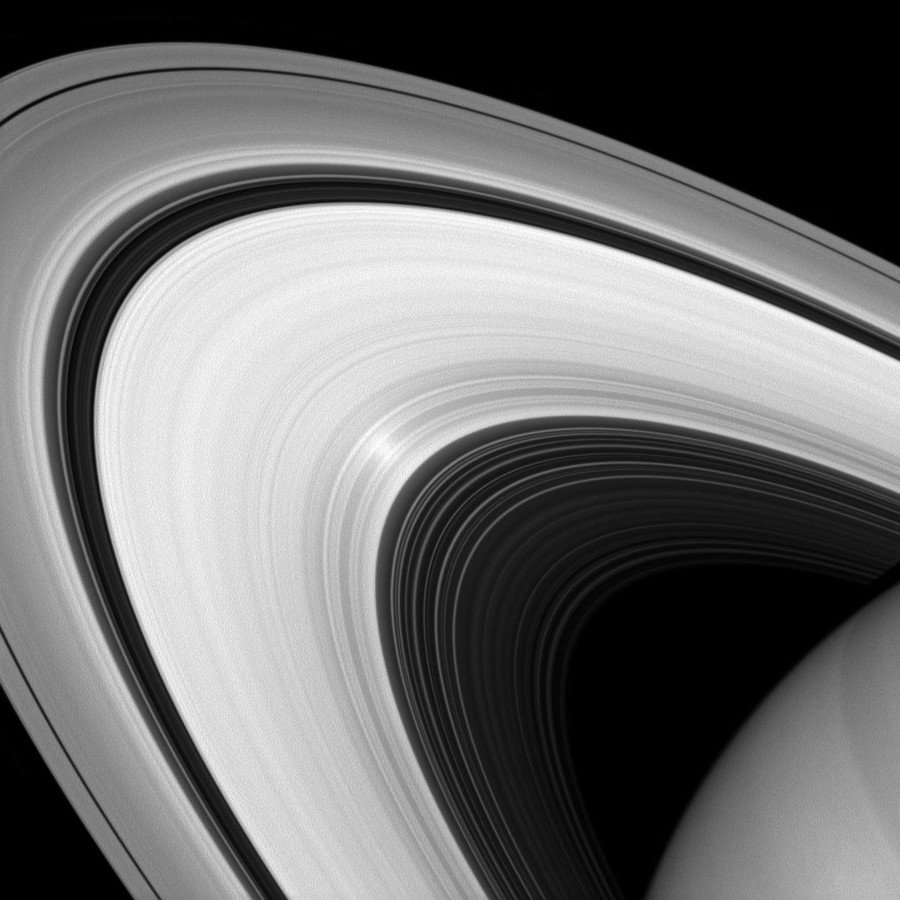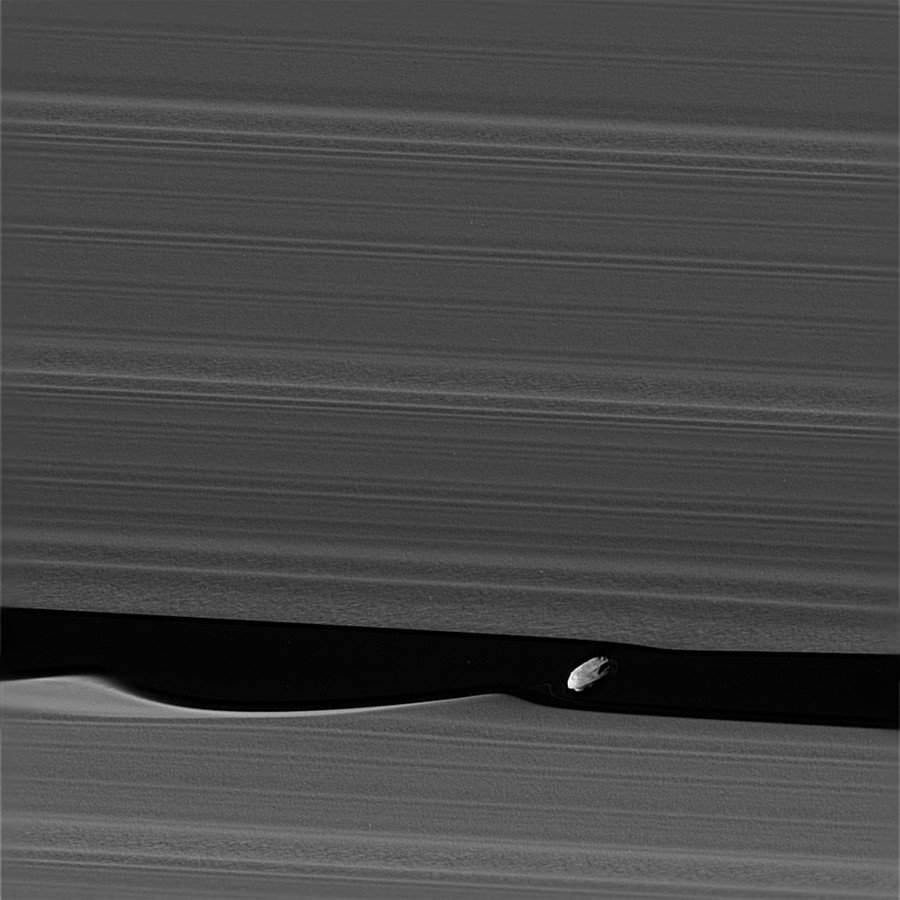Cassini revelations: The key discoveries from NASA’s Saturn mission (PHOTOS, VIDEOS)

NASA’s Cassini spacecraft will make its final plunge into Saturn’s atmosphere in just 30 days, ending a 13-year mission around our solar system’s second largest planet.
Since arriving at the planet on July 1, 2004, the first spacecraft to orbit Saturn has made several landmark discoveries and beamed a vast array of stunning images back to Earth.
Here, RT.com looks back at the mission’s most important revelations before the probe burns up in Saturn’s atmosphere on September 15, bringing an end to its incredible 2.2 billion-mile journey.
READ MORE: Cassini enters fiery endgame as 20yr mission reaches final phase
1 Enceladus could harbor alien life

Cassini detected hydrogen from hydrothermal vents in ice plumes from Saturn’s ocean-bearing moon Enceladus. The discovery makes Enceladus the only place beyond Earth where scientists have found direct evidence of a possible energy source for life.
"Enceladus has almost all of the ingredients you would need to support life as we know it on Earth," NASA said.
READ MORE: Saturn's moon Enceladus may support alien life - NASA (VIDEO)
2 Titan is an Earth-like world

Little was known about Saturn’s largest moon until Cassini sent the Huygens probe to land there – making it the first landing in the outer solar system and the farthest moon where any probe has landed.
The spacecraft found an Earth-like world with lakes and seas composed of liquid methane and ethane near its poles and, deep below its surface, a large internal ocean.
“Titan is the only other place in the solar system known to have an Earth-like cycle of liquids flowing across its surface as the planet cycles through its seasons,” NASA said.
READ MORE: ‘Feathery’ alien clouds gather over Saturn’s moon Titan (PHOTOS)
3. Saturn’s rings are not uniformly flat

Images captured by Cassini in 2009 revealed that, contrary to previous belief, Saturn’s rings are not uniformly flat, showing ridges similar in height to the Rocky Mountains within the rings.
NASA said of the discovery: “It's like putting on 3-D glasses and seeing the third dimension for the first time. This is among the most important events Cassini has shown us."
READ MORE: The 7 strangest things the Curiosity rover beamed back from Mars (PHOTOS/VIDEOS
4 The region between Saturn and its rings is 'the big empty'
Cassini began its Grand Finale in April, starting a series of 22 weekly dives between Saturn and its rings. The dives have so far revealed that the gap itself is free of almost anything at all – even spacedust.
"The region between the rings and Saturn is 'the big empty,' apparently," NASA said.
READ MORE: NASA’s Cassini captures creepy noise between Saturn’s rings (AUDIO)
5 Saturn has seven hidden moons
Seven previously unknown moons were discovered by the spacecraft during its orbit of Saturn. These include Methone, Pallene, Polydeuces, Daphnis, Anthe and Aegaeon. The seventh moon, discovered in 2009, is named S/2009 S 1.
In January 2017 Cassini obtained the closest view yet of Daphnis – the ‘wavemaker moon.’












